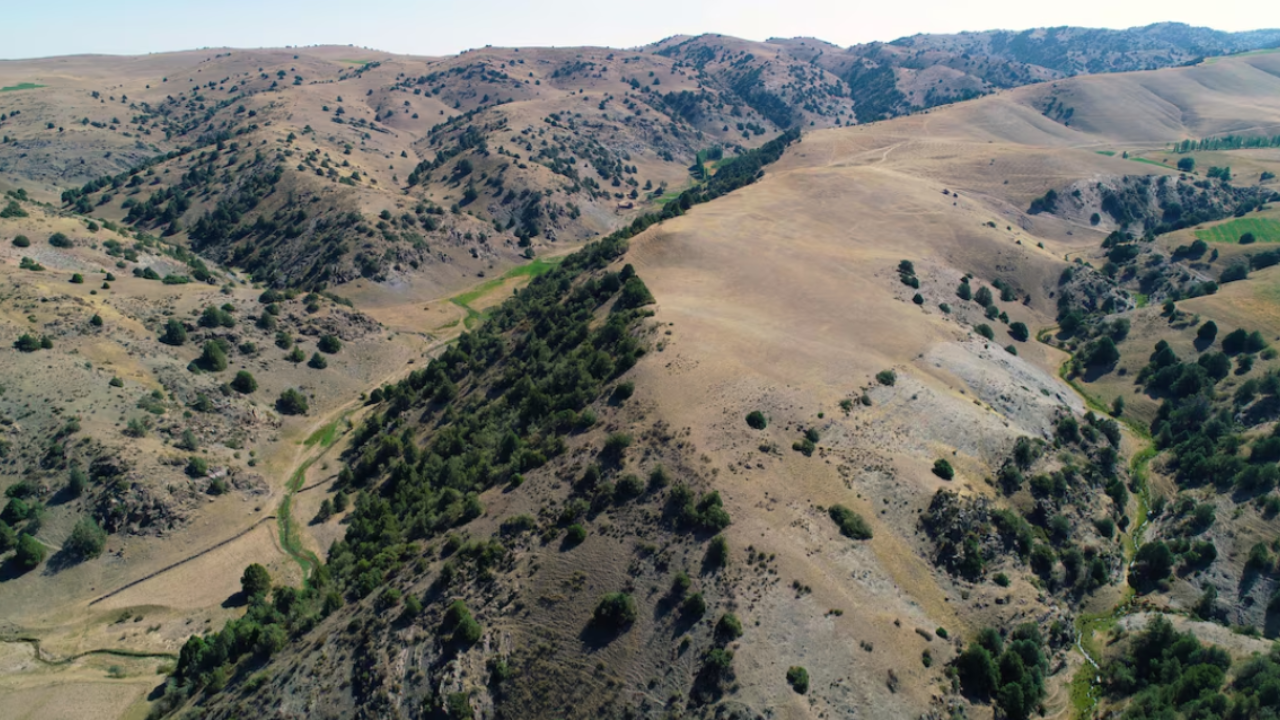
©Michael Frachetti/Handout via REUTERS
Pre-reading questions:
- Why do archaeologists search for old cities and places?
- How did people in ancient times travel between cities?
Vocabulary:
- elevation /el-uh-VEY-shuhn/
- evidence /EV-i-duhns/
- steel /steel/
- terrain /tuh-REYN/
- excavation /eks-kuh-VEY-shuhn/
[noun] – the height of a place above sea level
The airplane reached an elevation of 30,000 feet during the flight.
[noun] – facts, information, documents, etc. that give reason to believe that something is true
Scientists gathered evidence to prove their theory about climate change.
[noun] – a strong metal that is a mixture of iron and carbon, used for making things that need a strong structure, especially vehicles and buildings
Factories often use steel to make tools and machinery.
[noun] – an area of land, when considering its natural features
Mountain bikes are designed to handle rugged terrain.
[noun] – the process of digging in the ground to find ancient objects or remains
Excavations revealed artifacts that were thousands of years old.
Article reading:
Researchers used lidar technology, a laser-based mapping tool, to uncover the cities’ structures, roads, and fortifications, allowing them to explore the rough terrain more easily. Excavations at Tugunbulak have revealed kilns and furnaces, pointing to its role in steel production, while Tashbulak’s cemetery shows its cultural or religious importance. These discoveries challenge previous ideas about the Silk Road, suggesting that major centers of industry and power existed beyond the well-known cities like Samarkand.
Comprehension questions
- What two cities did archaeologists discover in the mountains of Uzbekistan?
- During which centuries were these cities important hubs on the Silk Road?
- How far apart are Tugunbulak and Tashbulak from each other?
- What evidence suggests that Tugunbulak was a major center for steel production?
- What technology did researchers use to map the cities’ structures and roads?
Discussion questions
- Have you ever visited a historical site or ancient ruins? If yes, what did you find most interesting about it? If not, what kind of historical place would you like to visit one day?
- If you could visit the cities of Tugunbulak or Tashbulak, which one would you choose? Why?
- Do you agree that discovering these cities changes the way we understand the Silk Road?
- Why is it important to preserve and study ancient cities like Tugunbulak and Tashbulak?
- Do you think technology will continue to play a bigger role in archaeology? Why or why not?